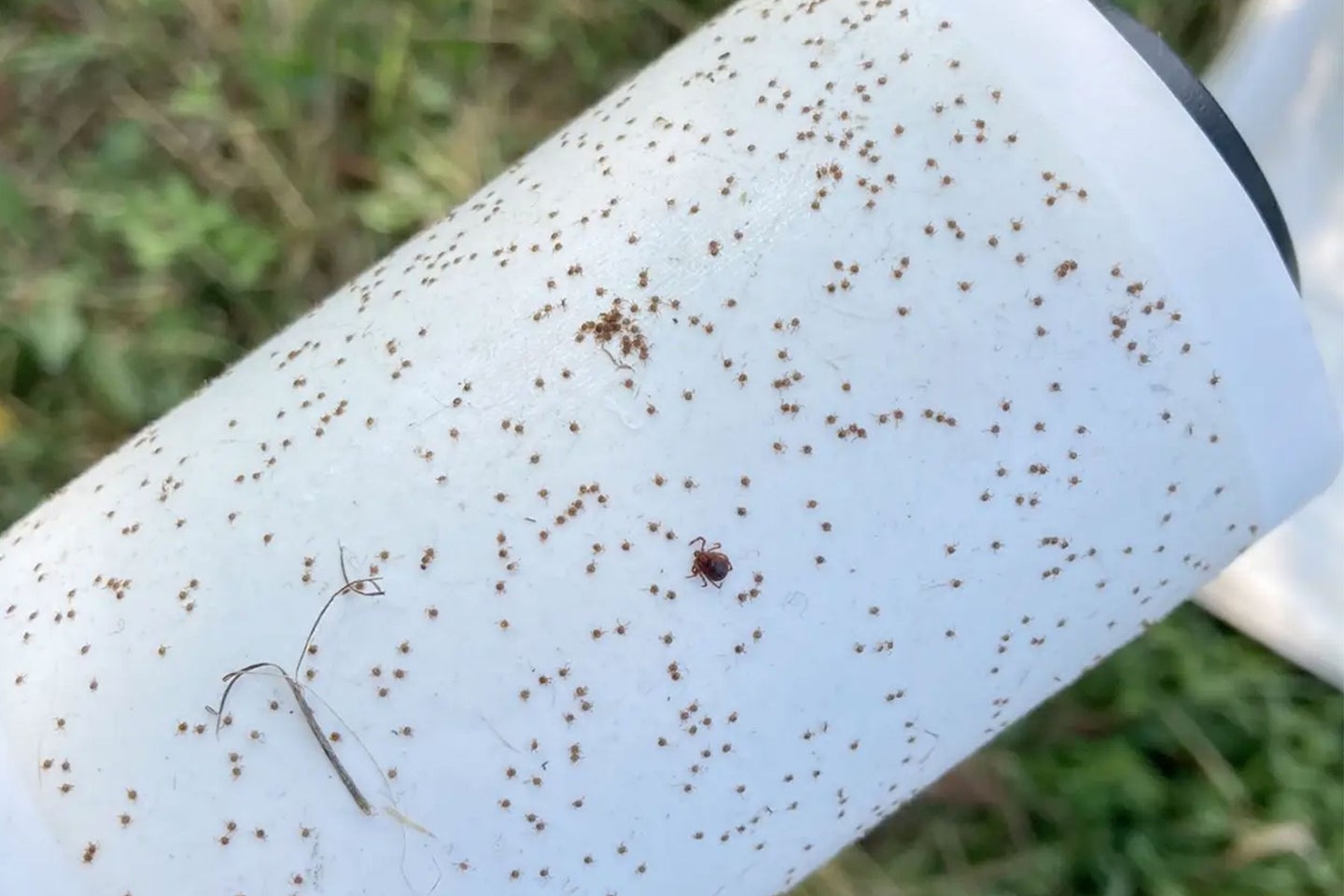Paper: Invasive Asian Ticks Kill Cattle in Ohio
Researchers removed more than 9,000 Asian longhorned ticks from an infested pasture near eastern Ohio's border with West Virginia

Asian longhorned ticks (ALTs) have been spreading across the Eastern and Midwestern U.S. since at least 2017, according to the Center for Disease Prevention (CDC), and the pests’ numbers are now on the rise in Ohio—a recent study from the Ohio State University reveals. According to the study’s authors, 9,287 invasive ticks were removed from a farm in eastern Ohio in the summer of 2021 after three cattle were reported dead from tick bites by the landowner.
During the study—lead-authored by Ohio State Assistant Professor of Veterinary Preventive Medicine Risa Pesapane—scientists continued to monitor the invasive tick population after most of the pests were killed off with pesticides. They found that the Asian longhorn ticks returned to the pasture and continued to spread in June 2022, despite the tick control efforts undertaken in 2021.
“You cannot spray your way out of an Asian longhorned tick infestation,” Pesapane said in a Nov. 3 news release. “They are going to spread to pretty much every part of Ohio and they are going to be a long-term management problem. There is no getting rid of them.”
Pesapane said that the cattle killed during the 2021 ALT infestation in eastern Ohio sustained thousands of tick bites. “One of those was a healthy male bull, about 5 years old,” she said in the press release. “Enormous. To have been taken down by exsanguination by ticks, you can imagine that was tens of thousands of ticks on one animal.” The term “exsanguination” refers to the action of draining a person, animal, or organ of the blood needed to sustain life.
On its website, the CDC says that ALTs, native to east Asia, have spread to 19 U.S. states since they were first reported in New Jersey in 2017. The list includes Arkansas, Connecticut, Delaware, Georgia, Indiana, Kentucky, Maryland, Massachusetts, Missouri, New Jersey, New York, North Carolina, Ohio, Pennsylvania, Rhode Island, South Carolina, Tennessee, Virginia, and West Virginia.
According to Pesapane, the invasive tick’s rapid spread lies in its ability to reproduce asexually, without mating. “There are no other ticks in North America that do that. So they can just march on, with exponential growth, without any limitation of having to find a mate,” Pesapane said. “Where the habitat is ideal, and anecdotally it seems that un-mowed pastures are an ideal location, there’s little stopping them from generating these huge numbers.”
Read Next: Is Whitetail Deer Blood the Key to Fighting Lyme Disease in Humans?
The CDC is urging anyone who finds an Asian longhorn tick on a person, pet, or on livestock, to remove the pest as quickly as possible. “Save the tick in rubbing alcohol in a jar or a ziplock bag,” the agency advises, “then contact your health department about steps you can take to prevent tick bites and tickborne diseases.
